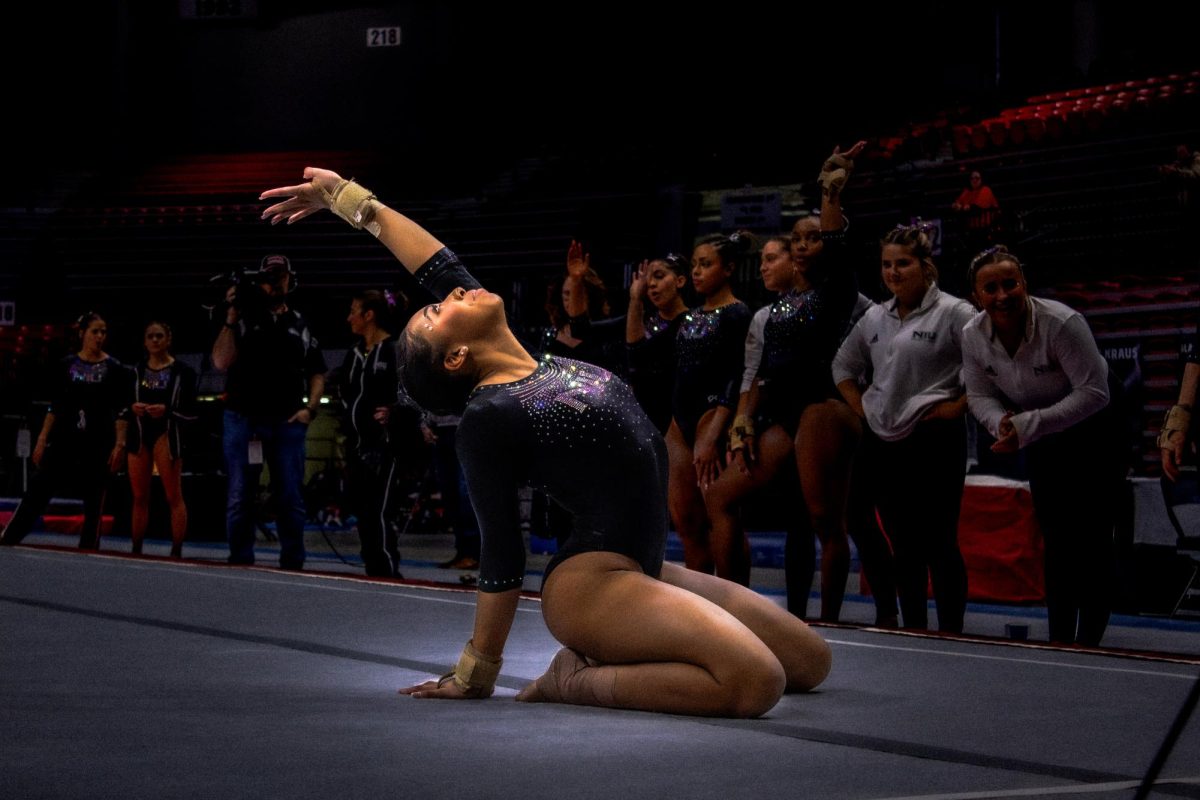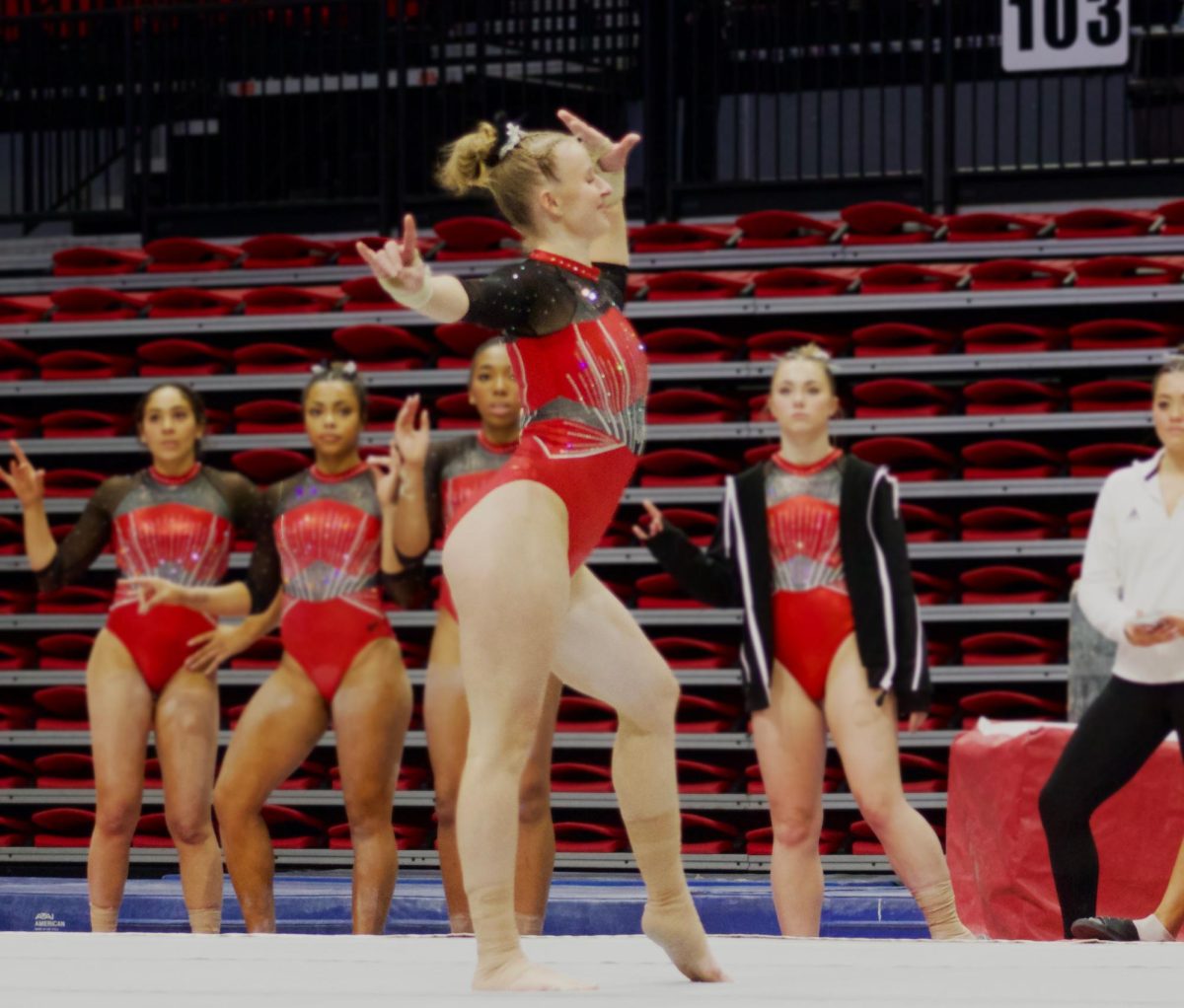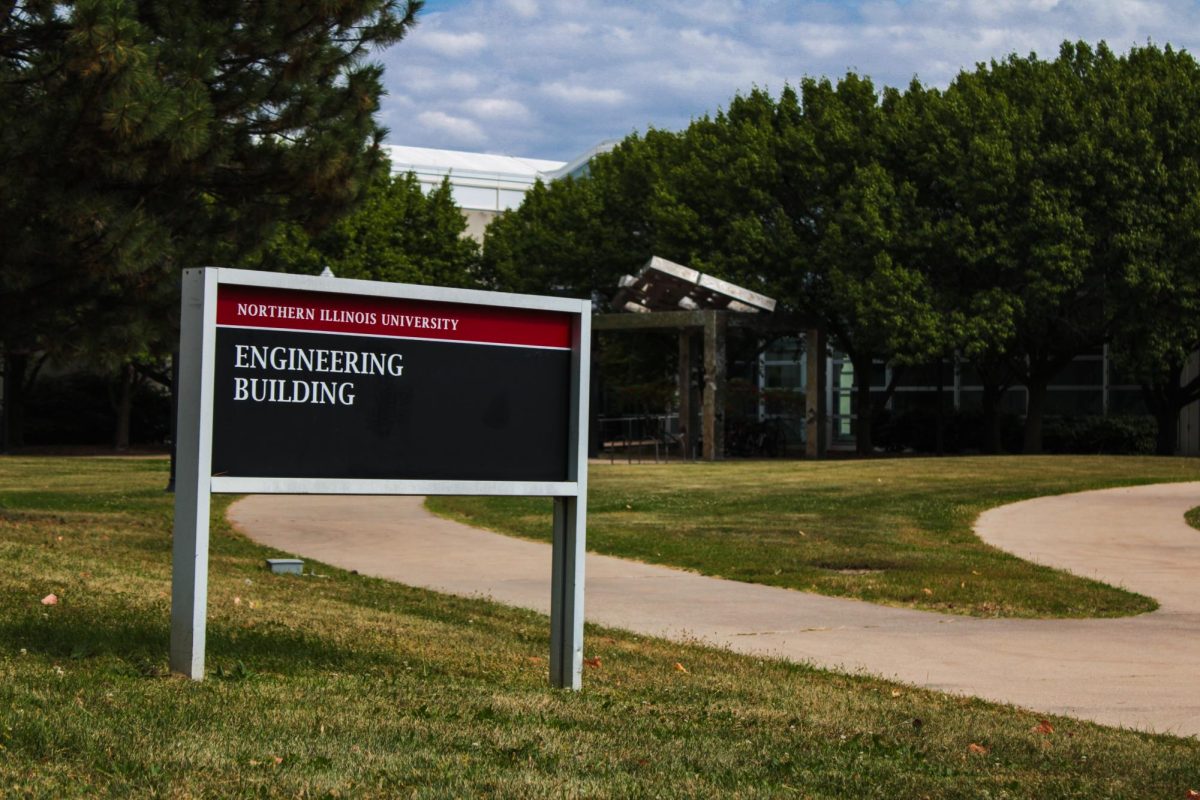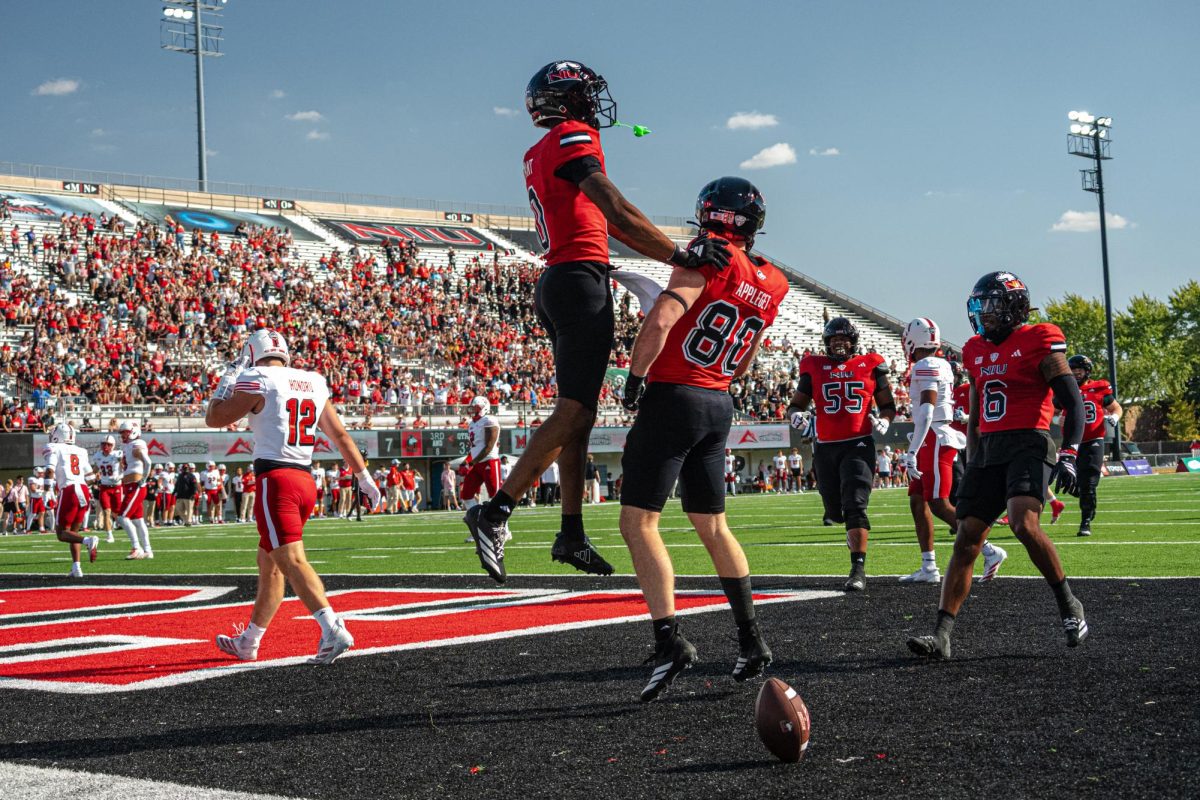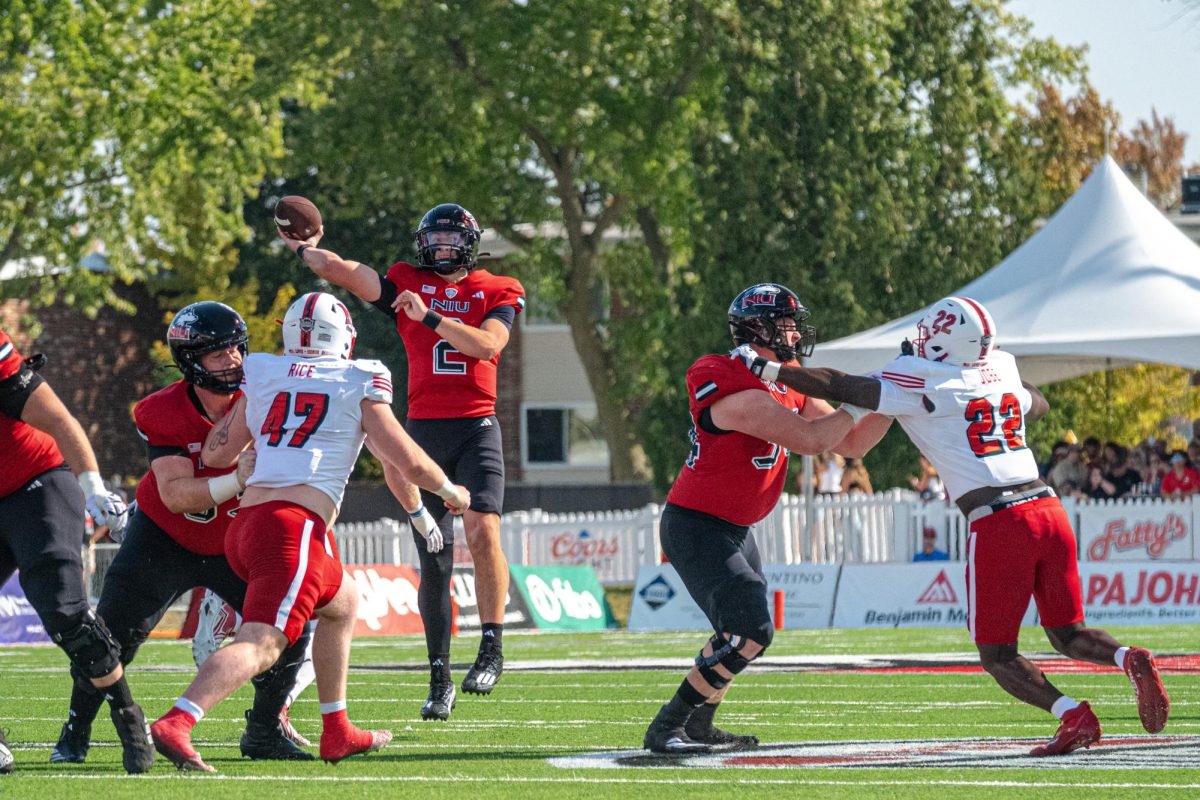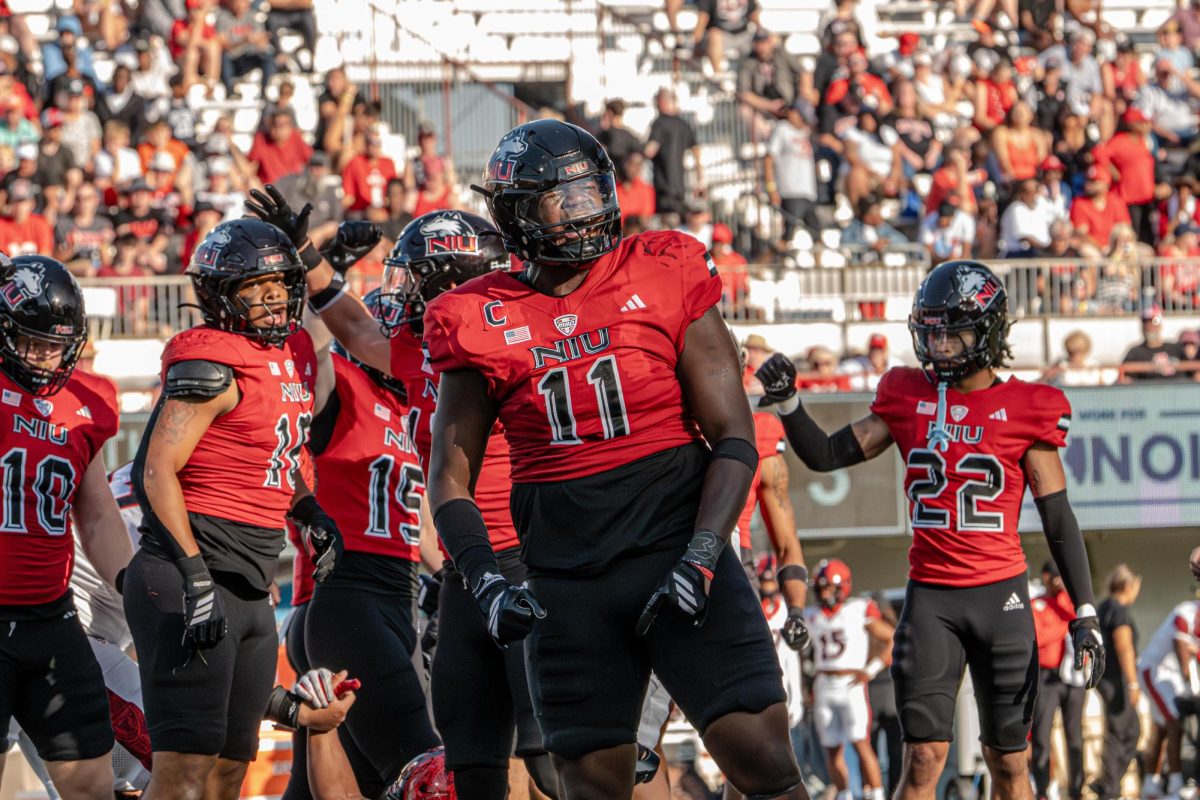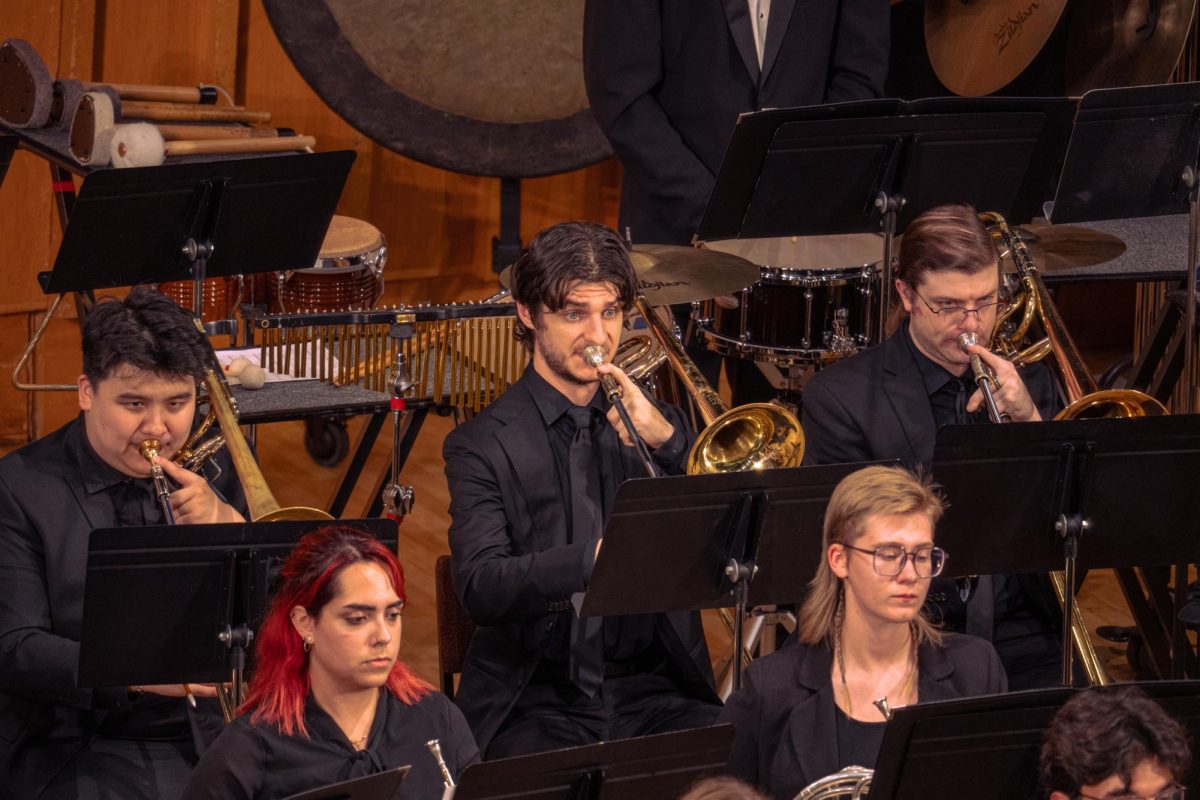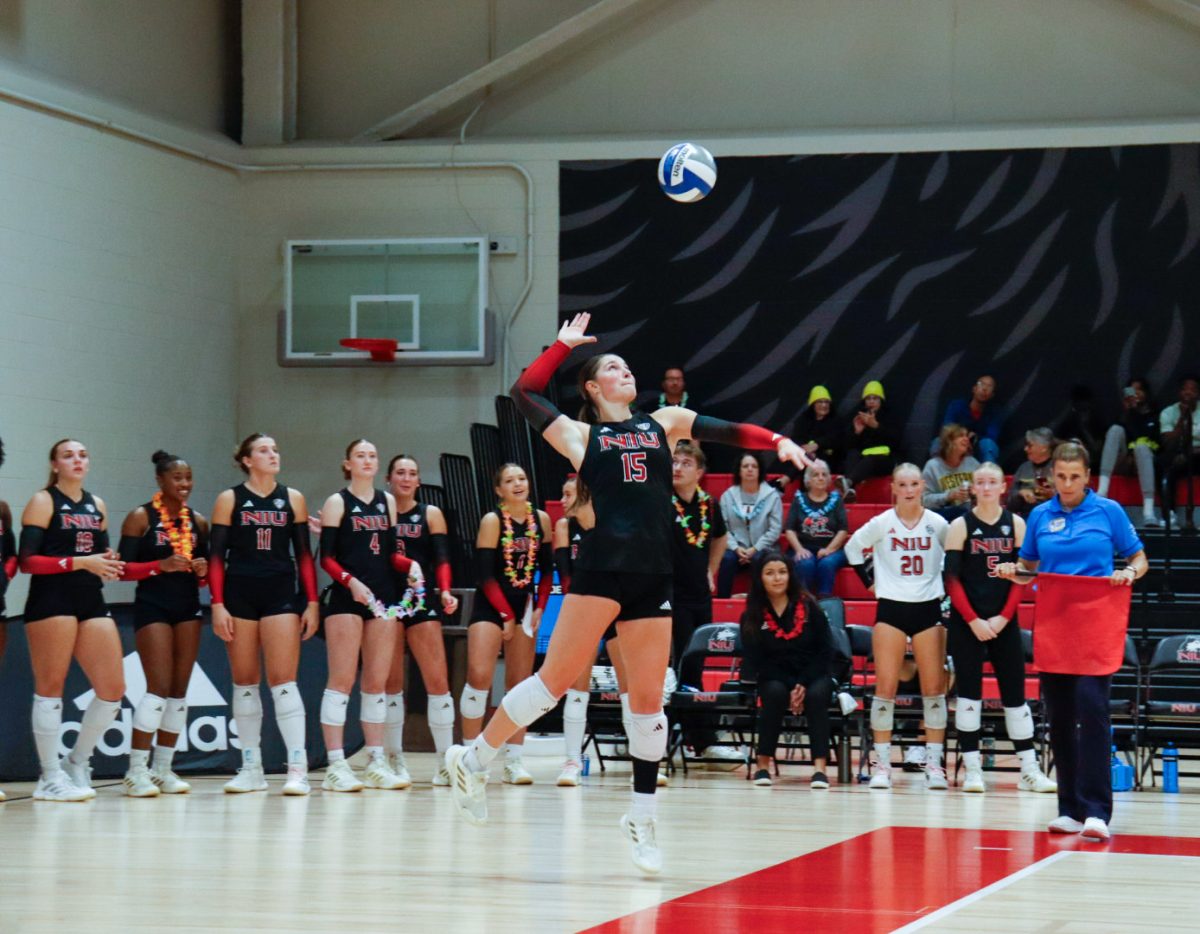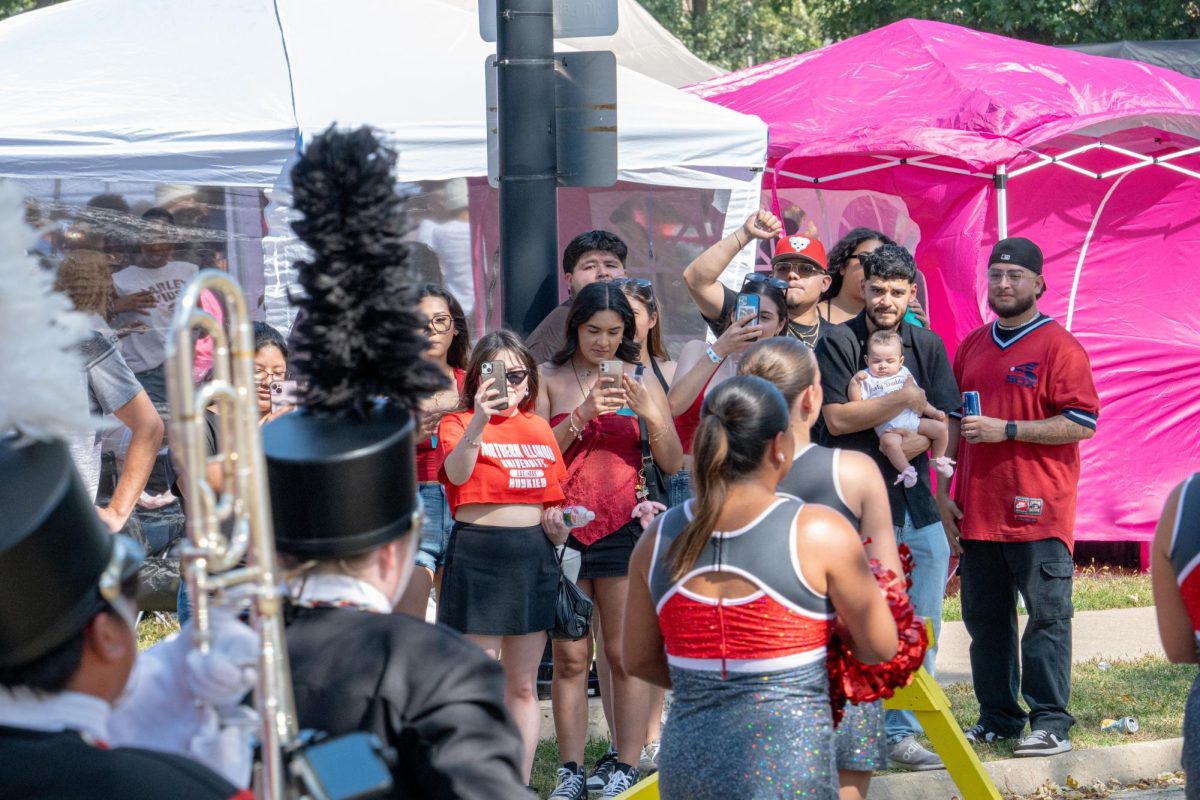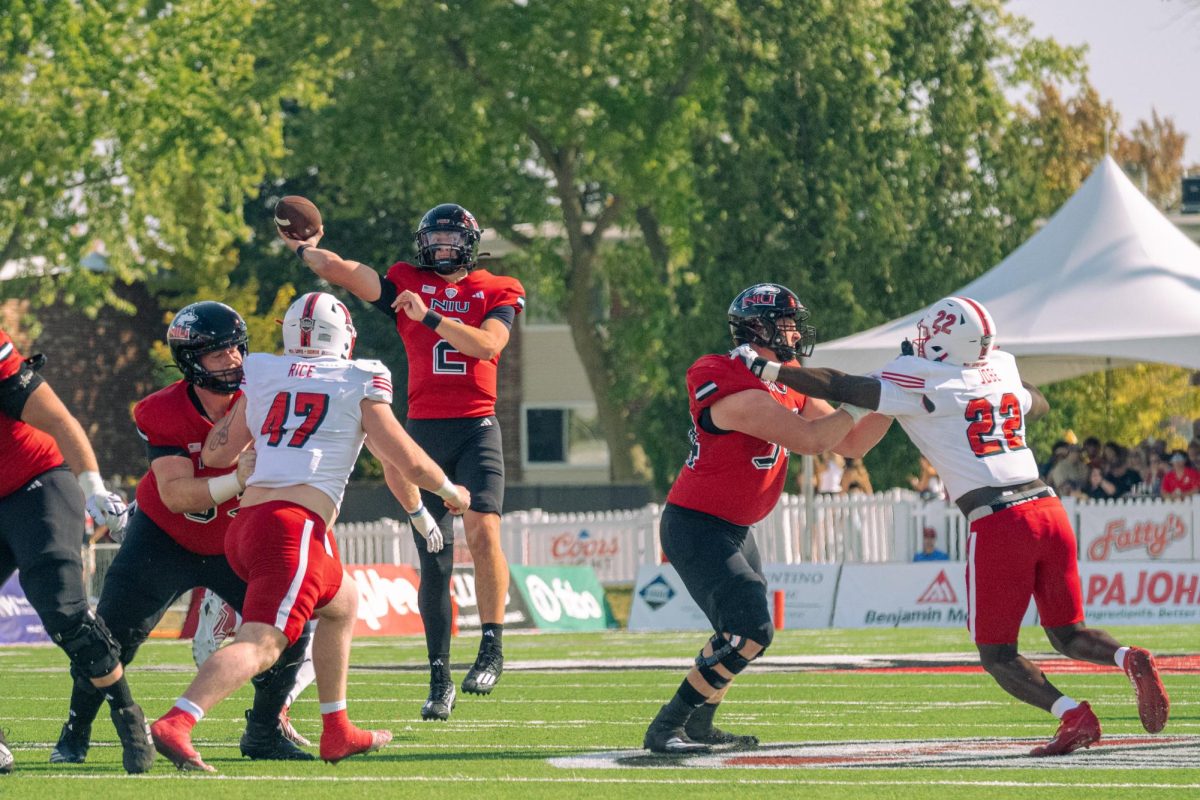In the 43 years since the NCAA introduced women’s gymnastics as a sport in the 1981-82 school year, NIU has sent 36 gymnasts to compete as individuals at NCAA Regionals.
Of those 36, NIU hall of famer Sandy Menard is the only Huskie to ever advance through regionals and make it to the NCAA National Championships, doing so in 1998.
In one week’s time, senior Alyssa Al-Ashari and sophomore Kiera O’Shea will set out to become just the second and third gymnasts in school history to advance through regionals.
Al-Ashari and O’Shea qualified for NCAA Regionals on bars and vault, respectively, Monday after winning individual event titles at Saturday’s MAC Championships. The two will compete in the NCAA Fayetteville Regional scheduled to take place from April 3 to April 6 inside Bud Walton Arena on the campus of the University of Arkansas in Fayetteville, Arkansas.
Don’t get me wrong, qualifying for regionals as an individual is no easy feat. But successfully earning a spot as one of 16 event specialists at the 2024 NCAA Gymnastics Championship is an entirely different beast.
Before I try to break down what NIU’s two qualifiers need to do to reach a stage no Huskie has seen this century, it’s crucial to know what the individual qualification process looks like.
DUMBING DOWN THE PROCESS
If you thought gymnastics could be confusing, think again. The individual qualification process for nationals can be hard to understand and even harder to explain, but I’ll give it the old college try.
NCAA regionals are held across four different locations determined through a bidding process between schools. This year’s sites are Ann Arbor, Michigan, Berkeley, California, Fayetteville, Arkansas, and Gainesville, Florida. Each regional site hosts three rounds of competition over a four-day period, with one designated rest day.
The first round is a play-in meet between the two teams with the lowest National Qualifying Score at each site. Individuals do not compete that day.
Individual qualifiers compete in the second round – the semifinals – in one of two quad meets, or sessions. Al-Ashari and O’Shea will compete in the first session of the Fayetteville Regional and rotate with Arkansas. Once both sessions are complete, they wait.
The regional final is held two days after the semifinals with a rest day in between. There, the top two teams from each of the two semifinals sessions compete in a quad-meet, and the top two teams from that meet move on to nationals.
Remember those two sessions in the semifinals where the individual qualifiers competed? Combine all of the individual scores from both sessions and then take out the scores of any gymnast from one of the two teams moving on to nationals. Once that’s done, find the highest-scoring individual in the all-around and in each of the four events. That’s who’s going to nationals.
HOW CAN THEY DO IT?
Hopefully that all made sense. But how can Al-Ashari and O’Shea break away from the trend of Huskies before them that tried and failed to get out of regionals?
Whether it be a veteran like Al-Ashari or a young buck like O’Shea, success will come from sticking with the skills that are tried-and-true.
But more importantly, Al-Ashari and O’Shea must master their own minds if they hope to beat out some of the best gymnasts in the country. As cliché as that might sound, a clear mind is arguably one of the best things a gymnast can have.
Those familiar with gymnastics know that the sport is 90% mental and 10% everything else. Gymnasts can fine-tune their skills and practice their landings until they’re blue in the face, but if their mind isn’t clear come competition day – where every hit or miss counts – the likelihood for error is high. And on a stage like regionals, the margin for error is nearly non-existent.
Though NIU’s previous track record suggests that Al-Ashari and O’Shea will join the long list of Huskies to go one-and-done at regionals, don’t sleep on either qualifier. If my time covering gymnastics has taught me anything, it’s that a gymnast’s best score can come virtually out of nowhere.



